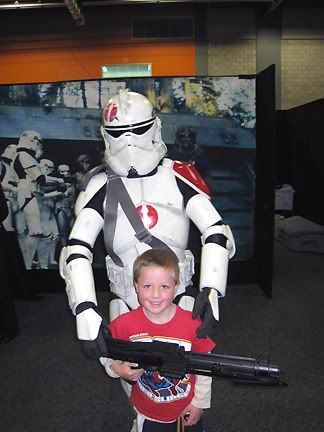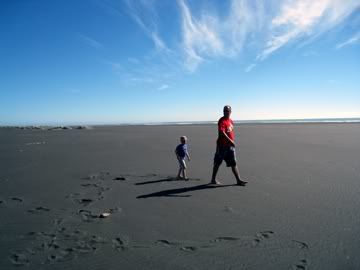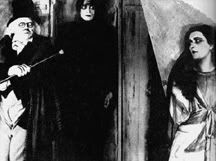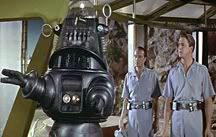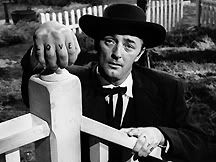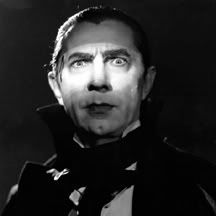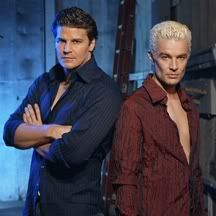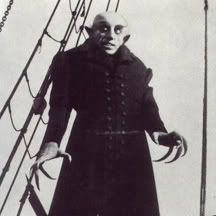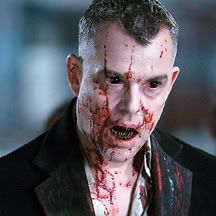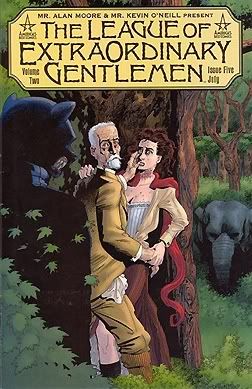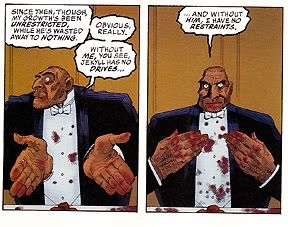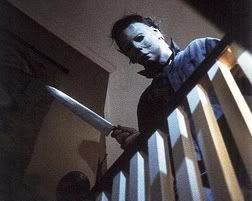 Why it's famous: Like, duh -- one of the top horror movies of all time, and the father of uncountable modern slasher flicks in its wake.
Why it's famous: Like, duh -- one of the top horror movies of all time, and the father of uncountable modern slasher flicks in its wake. What I thought: Well, this is more than a little embarrassing a movie to admit I've only seen now at the age of 37. "Halloween," though, is kind of one of those movies you feel like you've always seen -- faceless killer Michael Myers is just part of the zeitgeist. And in my defense, way back in the dreary 1990s at some point I got dragged to see a really bad "Halloween" sequel, let's say Part 4 or Part 6 or somesuch, and it was so bloody awful that I was really turned off on the whole franchise and never saw the original.
Plus, while I love a good horror movie, I tend to loathe slasher films. Give me monsters, give me zombies, give me mutants or creatures from black lagoons, but guys with knives stabbing lotsa pretty girls in inventive fashion have never done it for me. I've never seen a "Friday the 13th" movie or a "Saw" movie, and have no plans to. Not my bag.
But "Halloween," of course, is a bit different. It's the template for a million inferior knockoffs, which is its curse, but on its own merits it's a chilling and spooky little flick. What surprised me is just how NON bloody it is -- I think you barely see a splatter of scarlet the entire flick, and how brooding and moody director John Carpenter makes it. Really, the whole movie is a very slow burn with Myers stalking teen Laurie Strode and her friends, with the "action" so to speak only coming in the final 30 minutes.
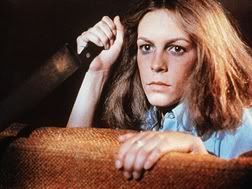 But Carpenter is a master at evoking mood -- his chilling "The Thing" and campy "They Live!" have long been favorites of mine -- and he casts a cold, clinical eye on placid Haddonville, Illinois, using long stretches of silence punctuated by startling bursts of his iconic musical score to heighten the tension. Carpenter plays it subtle, in other words, using now-cliched tricks like the killer who won't die or the "gotcha" moments in restrained fashion. The scariest moments of "Halloween," I thought, are the ones where you just vaguely see Michael Meyers lurking in the background, an almost subliminal shape in the shadows. Jamie Lee Curtis, in her first movie role, is quite good too as "the girl," giving a bit of toughness to her victim's part.
But Carpenter is a master at evoking mood -- his chilling "The Thing" and campy "They Live!" have long been favorites of mine -- and he casts a cold, clinical eye on placid Haddonville, Illinois, using long stretches of silence punctuated by startling bursts of his iconic musical score to heighten the tension. Carpenter plays it subtle, in other words, using now-cliched tricks like the killer who won't die or the "gotcha" moments in restrained fashion. The scariest moments of "Halloween," I thought, are the ones where you just vaguely see Michael Meyers lurking in the background, an almost subliminal shape in the shadows. Jamie Lee Curtis, in her first movie role, is quite good too as "the girl," giving a bit of toughness to her victim's part. The biggest problem watching "Halloween" for the first time in 2009 is that the beats it hits, the innovations of its story, have all become rank cliche in the years since -- which is a tribute to Carpenter, but makes it a bit paint-by-numbers in some sense. It's kind of like watching "Psycho" when you know what happens in the shower, or not seeing "Star Wars" until you're in your thirties -- a little of the shock of discovery is gone. It's done with immense skill, though, and that sets "Halloween" apart from the infinite bloodbaths that it inspired.
Worth seeing: Definitely, preferably on a dark and silent autumn evening with the wind whistling outside.
Grade: A-

